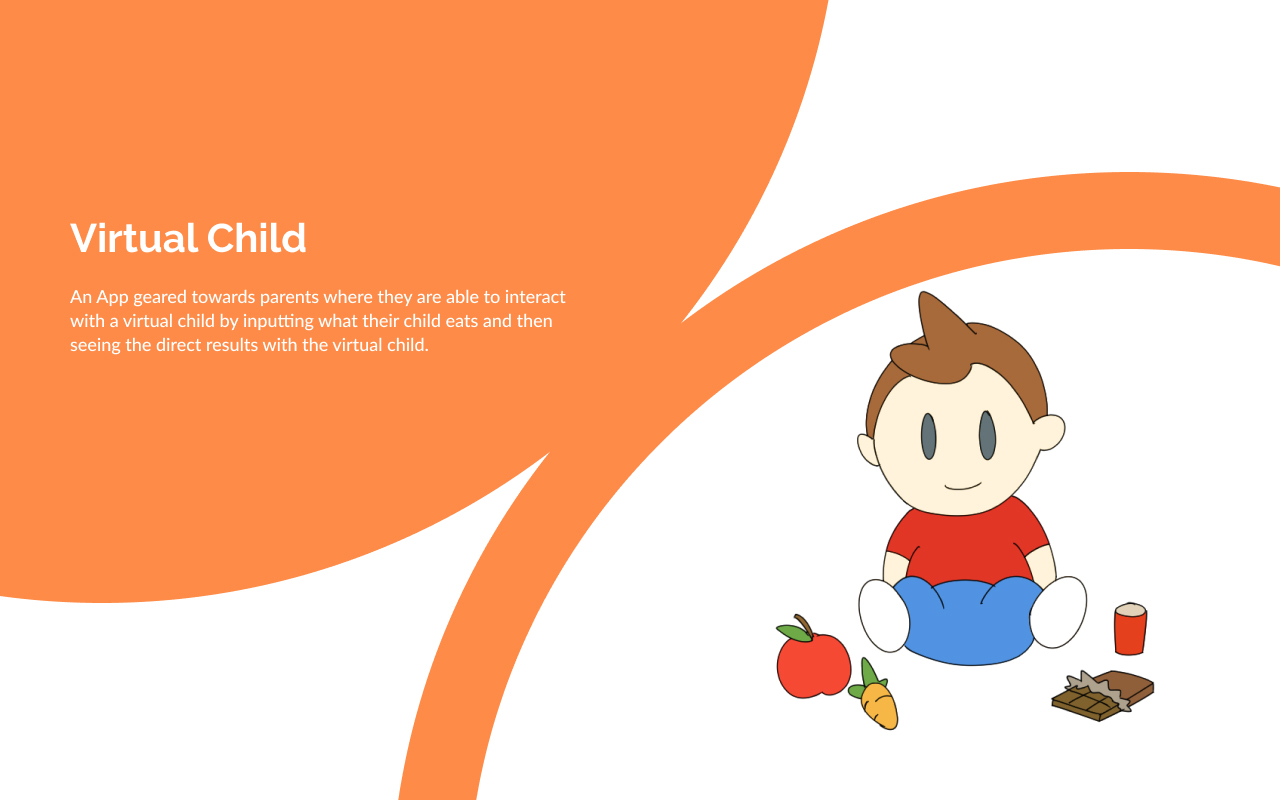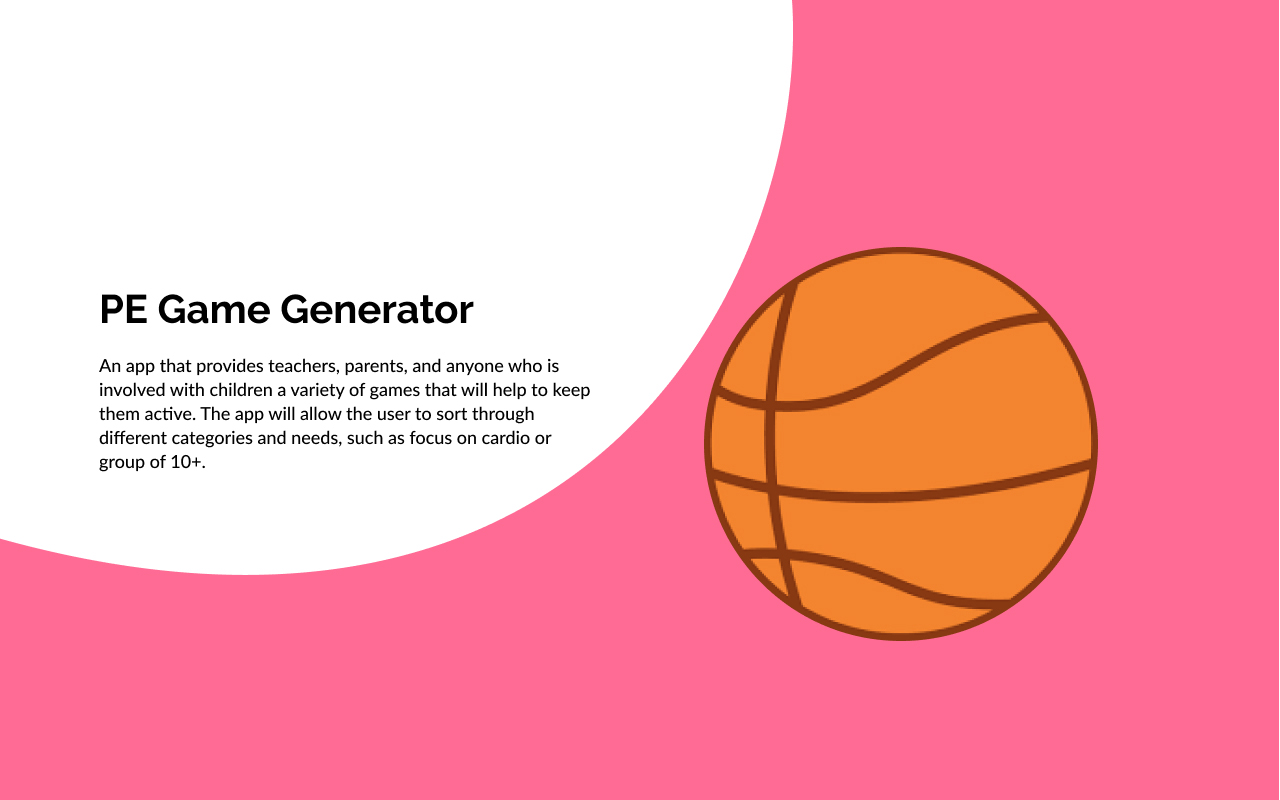Bosstep
Overview
Role
This was an academic project spanning the course of six weeks in which teams were tasked to select a domain to design an interactive system for. This project required me to conduct various methods of research, including facilitating interviews and user tests. As well, I was tasked to create wireflows, mockups, and a final prototype.
UX Researcher, UX Designer, Interaction Designer, Prototyper
Team
Daniel Shi, Anne Duong, Laura Reyerse, Jimmy Sim, Candice Zhou
Tools
Figma, Axure, Protopie
Research + Initial Ideas
Our team had chosen child health as our design domain in response to the increase of childhood obesity over the past few decades. With the domain decided on, our first step was to start researching into the specifics. Through our research, team members collected information regarding the different people in our domain, common goals and activities, as well as locations and situations that may help guide our design. From our initial research and discussions, we arrived at three challenges and opportunities to look at moving forward:
- Motivate children to get active on their own
- Educate parents and teachers on their roles in improving child health
- Support parents and teachers with the knowledge they need to help children
We took these three challenges and presented three initial concepts revolving around them which included a gamified exercising app, a virtual child care app, and an activity and game generator.
Idea Refinement + Interaction Wireflows
We decided to move forward with the idea of a gamified exercising app as we thought it was a unique solution to help kids reach the recommended amount of daily physical activity. Designing an exercising app with the inclusion of gaming elements would entice and motivate children to be physically active by their own free will. Two mini personas and a journey map were created to aid us in understanding our audience and their goals. Doing so provided a guideline to help drive our design decisions.
Further Refinement + Prototyping
After presenting the previous iteration and receiving feedback, we had to re-evaluate how well our features reflected the original user goal: motivating children to get active on their own. Furthermore, various safety concerns were brought to our attention that had to be considered. As a result, in this stage of the project, I worked with another teammate to ideate and implement major changes to various features within the app to better align them with our goals, with the biggest changes pertaining around the main feature of the app. Once the adjustments were finalized, I assisted in creating the prototype.
Step Counter
Having the initial goal be set as ten thousand steps, to have children meet the recommended amount of daily steps, seemed as if it would be too daunting for young children and thus counterproductive. As well, we had to consider children who may have more difficulty with physical activities such as those with asthma and other conditions that may inhibit them. As such, the required number of steps to reach a boss fight was significantly reduced but could be changed by adjusting the game difficulty.

Boss Fights
Wanting to keep the focus of the app on having kids be active, the boss fights were changed from a static turn-based combat system to a physically engaging one. Boss fights were changed to have multiple phases that required the user to participate in mini-game style activities. In order to ensure the safety of the user, once they reach the step requirement for a boss, an option to save the fight for a later time was included.

User Testing
The final stage of the project required us to conduct user tests and make any final adjustments accordingly. However, with our main target audience being young children, conducting user tests was not possible as children are considered a vulnerable target group and testing them could pose ethical issues. As such, we decided to conduct our tests on various participants that were closely related to our target audience to get as best of an idea as possible.
I was in charge of conducting the user tests alongside one other team member and the tests were split into two separate focuses: General UI/features and boss fights. Tests were conducted in two phases: completing certain tasks through A/B testing followed by a post-test interview.
General UI + Features
The objective of testing the interface was to ascertain whether various icons and functions were intuitive. Participants were encouraged to think aloud as they were tasked with going through the different features of the app and then asked about their thoughts afterwards. Through the A/B tests and interview we found that there were clarity issues with some of the icons that hindered their ability to accomplish tasks. As a result, icons that were seen as confusing were changed to ones that were more identifiable.
Boss Fights
A/B tests for the boss fights were held to clarify the intuitiveness of the mini-games and the preference of a text-based instructions as opposed to a visual-based one. We concluded that the game interface did have some clarity issues, as well as all participants preferring a visual-based instruction. Through the post-test interviews, we found that the boss fights could be seen as repetitive and boring if repeated over and over. As a result, we decided to adjust boss fights to being only a single phase that would randomly select one mini-game from a pool.
Prototyping
Reflection
From constant ideation to needing to take into account safety concerns that may not be initially obvious, this project was one that required the team to overcome many challenges. Working in a large group, clear communication was crucial to ensure that everyone was always on the same page to ensure smooth workflow. I also learned the importance of thinking critically and asking questions. Asking questions allowed us to take into consideration the thoughts and actions of our users, guiding many of our design decisions. The majority of our iterations and refinements were a result of asking how well the features in our current design reflected our goals.
I believe Bosstep to be an overall success, having received positive feedback from, not only the team but, the whole class as well as industry professionals. We were praised for our ability to execute on our design idea in an effective way while managing to take into consideration the safety of our users. In particular, the decision to allow users to save boss fights for a later time was praised as it showed our understanding of our users and the contexts in which our app may be used. Working to design and develop Bosstep has been crucial to how I approach UX and UI, giving me valuable insights into creating a valuable experience, as well as, various aspects of understanding your user and user testing.
© Sean Jeong 2023






